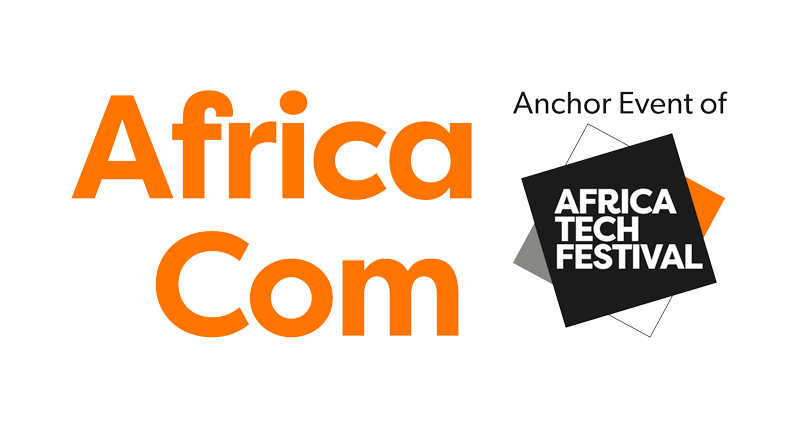With some lockdown protocols still in place and low broadband penetration, launching 5G with a fixed wireless access (FWA) spin is telecoms opportunism at its finest.
Having recently assigned temporary spectrum by regulator ICASA, Vodacom is making use of 50 MHz in the 3.5 GHz band to launch 5G services in Johannesburg and Cape Town. Mobile subscriptions will of course be on the radar of the company, but with the Huawei 5G CPE PRO FWA router also available to purchase, there is an opportunity to disrupt the traditional broadband market.
“Vodacom’s 5G launch in South Africa comes at an important time as it will help us improve our network efficiency during the COVID-19 national state of disaster,” said Shameel Joosub, Vodacom Group CEO.
“During this difficult and unprecedented period, we are proud to offer world class network technology to South Africa, and all of its associated benefits, as we provide an essential service to keep the country connected. This is largely due to the allocation of temporary spectrum by ICASA which has already mitigated the network congestion we have experienced since the start of the lockdown period.”
Over the course of the coronavirus pandemic, mobile traffic on the Vodacom network has increased by 40%, while it has surged 250% on fixed networks. This presents a risk due to network strain and congestion, but an opportunity to launch an alternative to traditional broadband products while demand is at its highest.
| South African broadband market (2019-end) | |
| Internet service provider | Subscriptions |
| Liquid Telecom | 169,927 |
| MTN South Africa | 279,531 |
| MWeb | 119,400 |
| Others | 462,918 |
| Rain | 68,750 |
| Telkom South Africa | 2,165,000 |
| Vodacom | 235,337 |
| Vumatel | 15,042 |
Source: Omdia World Information Series
“We have talked to CSPs in emerging and also mature markets,” said Dario Talmesio, Practice Leader for mobile at Omdia. “FWA sales have doubled even in highly penetrated fixed broadband markets.”
With traditional broadband penetration down at 28.38% during the first quarter of 2020, Talmesio pointed out a significant opportunity for the right FWA proposition in South Africa. Its fast to deploy, affordable devices are emerging, and the demand is currently present under current circumstances.
With FWA, you don’t have to dig up roads, lay cables, seek planning permission from local authorities or cause major disruption to communities with construction. It is fast, simple and cheaper. And with the low broadband penetration, Talmesio suggests there is a very interesting opportunity.
The question of longevity and sustainability of FWA products in more mature markets have of course come under question, but in rural environments and nations where the economics do not drive ROI for traditional broadband deployment, FWA is a viable alternative.
Vodacom might be the first to launch services on the temporary spectrum licences, but there is certainly more potential considering what ICASA handed out to telcos in April. Some will of course be allocated to improve resilience of existing services, but the stage has been set for a FWA disruption in South Africa.
| Allocation of temporary spectrum licences in South Africa | ||
| Service provider | Spectrum band | Block |
| Telkom | 700/800 MHz | 40 MHz |
| 2300 MHz | 40 MHz | |
| 2600 MHz | 20 MHz | |
| 3500 MHz | 12 MHz | |
| MTN | 700/800 MHz | 40 MHz |
| 2300 MHz | 50 MHz | |
| 3500 MHz | 50 MHz | |
| Vodacom | 700/800 MHz | 40 MHz |
| 2300 MHz | 20 MHz | |
| 2600 MHz | 50 MHz | |
| 3500 MHz | 50 MHz | |
| Liquid Telecoms | 3500 MHz | 4 MHz |
| Rain | 2600 MHz | 30 MHz |






